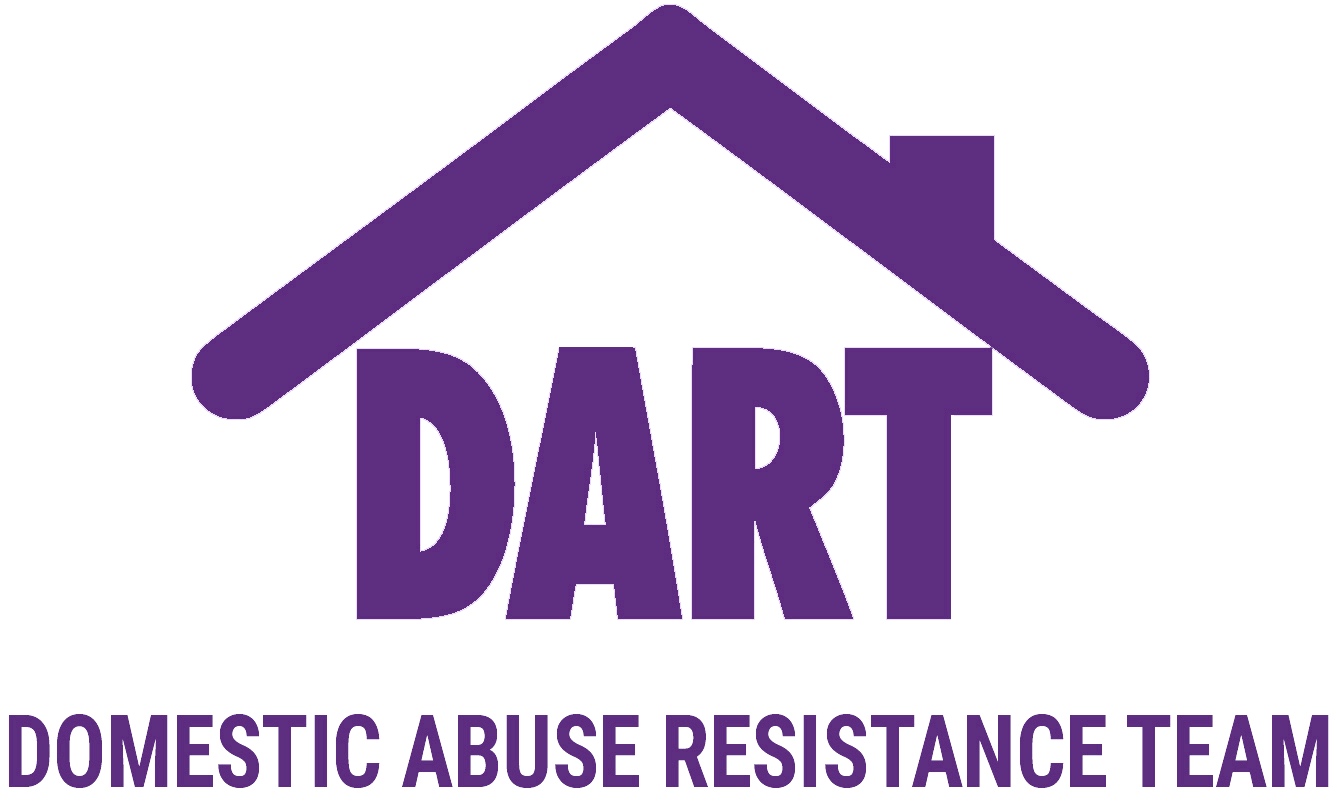
HOPE FLOATS
Our Mission
The Domestic Abuse Resistance Team (DART) provides help to domestic and dating violence victims and their children in North Central Louisiana in the parishes of Jackson, Lincoln, Union, Winn, Claiborne, Bienville and Grant. DART provides leadership in educating its communities about domestic and dating violence and its consequences, and creates and implements programs to prevent domestic and dating violence.

News and Events
Danger Assessment
Across the United States of America, 1500 people are murdered each year in domestic violence. This is an alarming number, and many professionals are actively working to help reduce or eliminate this statistic. One professor has designed a simple tool that she believes can help a person assess the danger of death or severe injury when caught in aggression by a significant or ex-significant other.
“Several risk factors have been associated with increased risk of homicides of women and men in violent relationships,” Johns Hopkins Professor Jacquelyn C. Campbell, Ph.D., R.N. writes in her report “Danger Assessment.”
“We cannot predict what will happen in your case, but we would like you to be aware of the danger of homicide in situations of abuse and for you to see how many of the risk factors apply to your situation,” she adds.
To help you evaluate your level of danger, Campbell suggests that you use a calendar and mark the approximate dates during the past year when you were abused. On the day of the incident, rate the severity of the abuse using the following scale:
1. Slapping, pushing; no injuries and/or lasting pain
2. Punching, kicking; bruises cuts, and/or continuing pain
3. “Beating up”; severe contusions, burns, broken bones
4. Threat to use a weapon; head injury, internal injury, permanent injury, miscarriage, or choking. (If choking is included, make sure you document it.)
5. Use of a weapon; wounds from a weapon.
(If ANY of the descriptions for the higher number apply, use the higher number.)
In addition, mark YES or NO for each of the following. (“They” refers to your partner, ex-partner, or whoever is currently physically hurting you.)
1. Has the physical violence increased in severity or frequency over the past year?
2. Do they own a gun?
3. Have you left them after living together during the past year?
(If you have never lived with them, make a note of that.)
4. Are they unemployed?
5. Have they ever used a weapon against you or threatened you with a lethal weapon? (If yes, was the weapon a gun?)
6. Do they threaten to kill you?
7. Have they avoided being arrested for domestic violence?
8. Do you have a child that is not their child?
9. Have they ever forced you to be intimate when you did not wish to do so?
10. Do they ever try to choke/strangle you or cut off your breathing?
(If yes, have they done it more than once, or did it make you pass out or black out or make you dizzy?)
11. Do they use illegal drugs? (Drugs meaning “uppers” or amphetamines, “meth,” speed, angel dust, cocaine, “crack,” street drugs or mixtures.)
12. Are they an alcoholic or a problem drinker?
13. Do they control most or all of your daily activities? For instance, do they tell you who you can be friends with, when you can see your family, how much money you can use, or when you can take the car? (If they try, but you do not let them… note that)
14. Are they violently and constantly jealous of you? (For instance, do they say: “If I can’t have you, no one can.”)
15. Have you ever been beaten by them while you were pregnant? (If you have never been pregnant by your abuser, not that.)
16. Have they ever threatened or tried to commit suicide?
17. Do they threaten to harm your children?
18. Do you believe they are capable of killing you?
19. Do they follow or spy on you, leave threatening messages, destroy your property, or call you when you don’t want them to?
20. Have you ever threatened or tried to commit suicide?
After considering this danger assessment, any worries about your safety should be addressed with your nurse, advocate, or counselor about what the Danger Assessment tool means in your situation.
If none of these resources are available to you, please consider calling DART at 318.251.2255, The Louisiana Domestic Violence Hotline (24/7) 1.888.411.1333; or the National Domestic Violence Hotline 1.800.799.7233. Help is available.
Send us your resume
Case manager (Part-Time)
Tues-Thurs 8 a.m.-4 p.m.
Shelter Advocate (16-hour shift)
4 p.m. Sunday - 8 a.m. Monday
Call us with questions. You may be the perfect fit 318.251.2255 or send your resume to P.O Box 1223, Ruston, 71273.
Legislation update
SCOTUS helps save domestic survivor lives
By Kris Anglin Barney
On June 21, 2024, the Supreme Court upheld a federal law that makes it a crime for individuals subject to domestic violence restraining orders to possess firearms (United States v. Rahimi). This decision is a huge victory for survivors of domestic violence, reinforcing legal protections that aim to prevent further violence and potential fatalities.
The presence of a firearm in domestic violence situations significantly increases the risk of homicide. Studies have shown that the likelihood of a woman being killed increases by five hundred percent when a gun is present in a DV situation (SCOTUSblog.com).
This ruling tells domestic violence survivors that their safety and well-being come first over unrestricted access to firearms for individuals with a history of violence (The 19th Nonprofit Newsroom reporter).
If you or someone you know are in need of a restraining order, safe shelter or counseling, please call the DART office at 318.513.9373.
Ready to help?
GET INVOLVED




